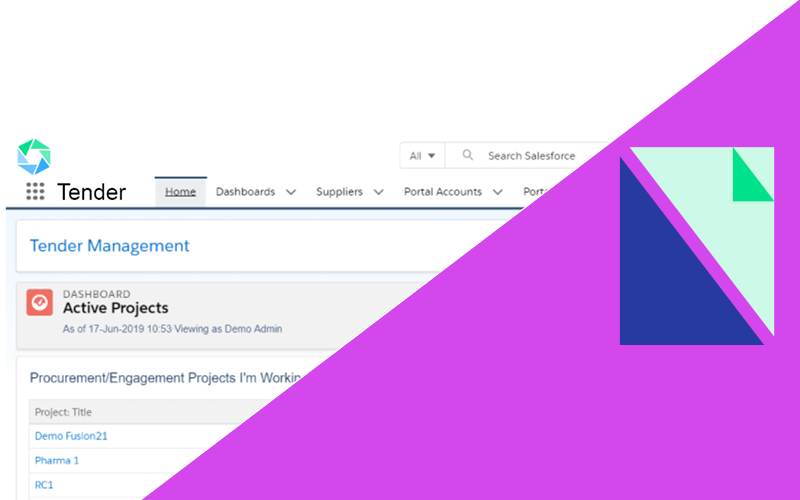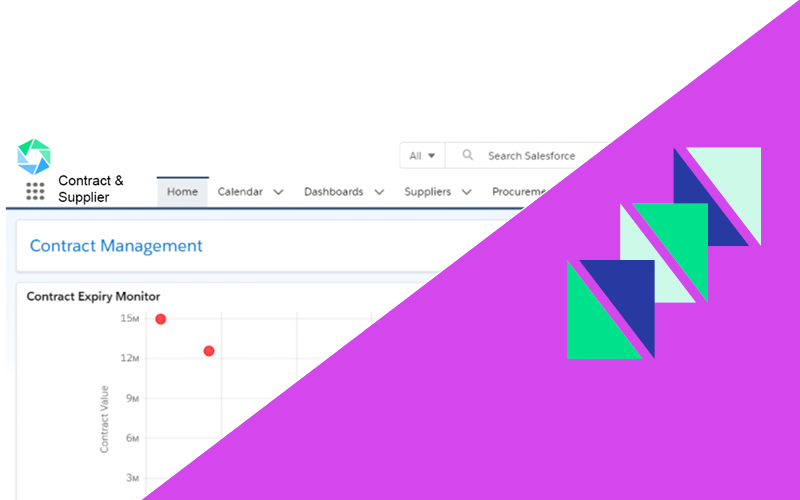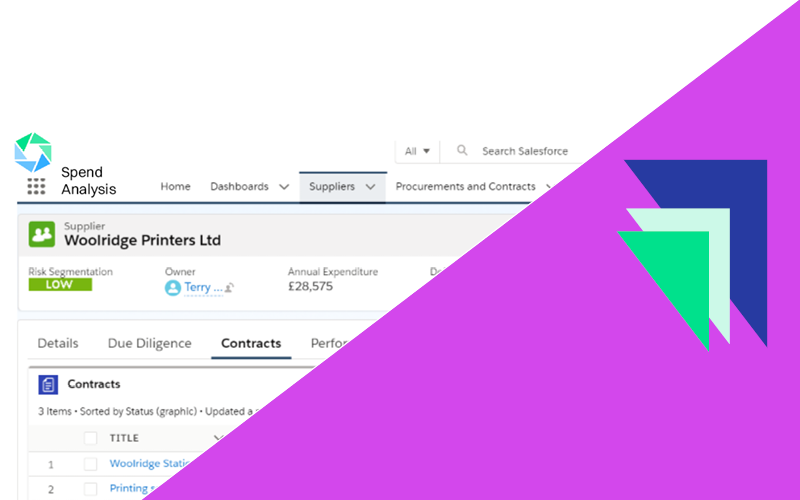In January, Procurement Policy Note (PPN) 06/20 came into effect, requiring central government departments to evaluate social value when awarding contracts instead of merely considering it. Evaluating the broader benefit to the community from the delivery of public contracts is now a staple part of public procurement rather than a nice to have.
After a turbulent year that highlighted the social and economic inequalities suffered across the world, the timing of these changes couldn’t have been more pertinent. But what is the thinking behind the new social value model, and what exactly has changed?
Why was the social value model introduced?
While social value has always been a part of the public procurement process, the new social value model goes further than the Public Services (Social Value) Act 2012. The model aims to:
level the playing field for SMEs and social enterprises trying to win government contracts
Stimulate economic growth, new jobs and skills
Help support the recovery from Covid 19
Build a stronger future for local communities, business and the country as a whole
The social value model sets out a number of themes and outcomes procurement must focus on when assessing and awarding contracts. The five main themes are:
How you are supporting the recovery from Covid-19
Your approach to tackling economic inequality
The measures you have in place to fight climate change
Your organisation’s equal opportunities policies
Any wellbeing initiatives you have in place
While value for money remains the predominant driver in central government procurement, the social value model will ensure a more resilient and diverse supplier base is built.
What does this mean for procurement?
The social value model’s introduction means anyone bidding for a central government contract will have their social impact assessed as part of the tendering process. A 10% weighting is given to social value and will be used to score potential suppliers. It means your procurement team will have to demonstrate social value as well as value for money.
Embed social value into your procurement process
Rather than seeing the model as a tick-box exercise, your procurement team should look to embed social value into the procurement process and contracts. As a starting point, measure your current social value and use it as a baseline for progress. Some procurement software systems such as Atamis have a social value element built in to help you monitor social value.
Spell out your social value commitments
Be specific about your social value commitments. For example, you could commit to donating a certain amount of money to a local not-for-profit organisation supporting Covid-19 recovery. Or review your supply chain and increase the number of local suppliers you use.
However, make sure you only commit to things you can deliver on as you may be asked for proof of your social value activities.
Keep robust records
Ensure you keep robust records during the procurement cycle which show you have given full consideration to the social value model’s themes and outcomes. Your records should also show you have treated all potential suppliers equally without discrimination.
While making social value a requirement of the procurement process is a positive step, the question remains whether it is impactful enough to bring about real change. In particular, it only applies to the procurement process, not to the delivery of the contract.
Atamis provides procurement software that supports the inclusion of social value in procurement decisions. If you’d like to find out more, contact us today.
 Our Pipeline App empowers your team to plan ahead and forecast for upcoming procurement activities.
Our Pipeline App empowers your team to plan ahead and forecast for upcoming procurement activities.  The Tender App allows your team to visualise all sourcing activities within your Atamis platform, from issuing tenders to receiving bids.
The Tender App allows your team to visualise all sourcing activities within your Atamis platform, from issuing tenders to receiving bids. Our Contract & Supplier App puts your team in firm control of your key supplier relationships and provides a central repository for all contracts.
Our Contract & Supplier App puts your team in firm control of your key supplier relationships and provides a central repository for all contracts.  Our Enhancers ensure your solution is tailored to your needs. Pick and choose additional functionality that fits your requirements.
Our Enhancers ensure your solution is tailored to your needs. Pick and choose additional functionality that fits your requirements. 